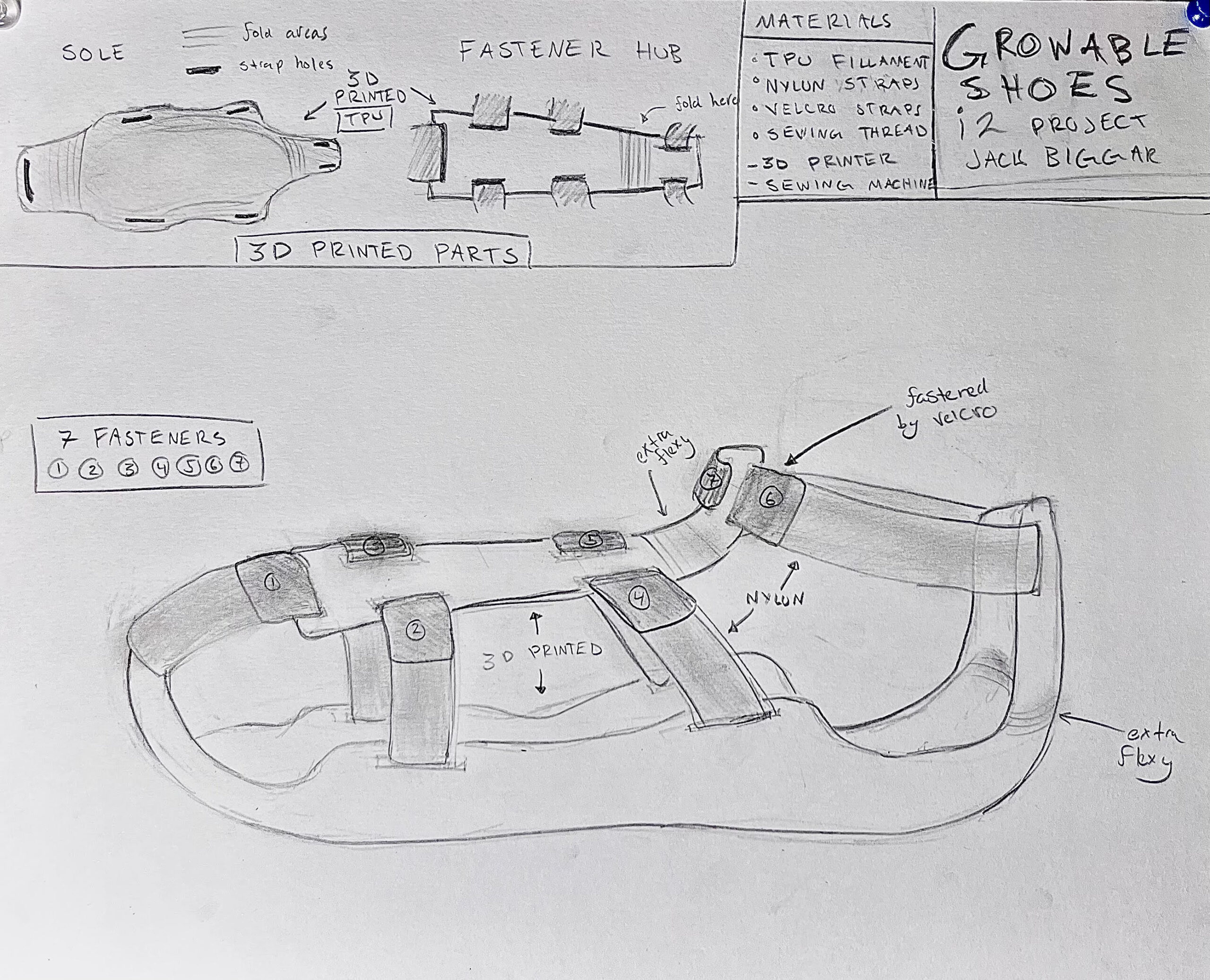Hi I’m Jack Biggar. I’m in the Sacred Heart Cathedral class of 2026. I live in San Francisco and have lived here my entire life. I went to Children’s Day School from pre-school to 8th grade. I love solving problems through engineering and I believe in and fixing things yourself when they break. I think the best way we can become more creative is to look for the thing we could improve in our lives and then create things that change the way we walk through the world. When I’m not building things I love to Run, Cook, and Surf. I believe it’s very important to have hobbies that make you happy and also inspire you. All of my hobbies make me a better person, student, and maker.
My first experience with making was when I started making toys and sculptures out of cardboard around the age of 6 or 7. I love how I could imagine something and simply bring it to life with cardboard and a hot glue gun. This phase of cardboard-carpentry lasted around two years but eventually I started adding other mediums to my craft. I remember making a ski ball table and a pin-ball table with wood, cardboard, and some rubber bands. At this moment I started learning how to make mechanical things and that’s when I really fell in love. Around the beginning of Middle school I started 3D printing and started to make more successful projects after failing so many times. Every year I would always spend many months working on a costume for halloween and I spent hundreds of hours on each one, my favorite one is my replica of the orange space shuttle suit from the 90’s. In these costume I combined all of my skills in a more artistic way.
In the 6th grade me and three friends started a rocketry club. The competition we entered required us to make a rocket that went up as close to 800 feet as possible while carrying a raw egg that had to be un-broken. My job was to create a module and to hold the egg and and invent a way to slow the rocket down to get to 800 feet. I used 3D printing to create cushion mesh for the egg and I made air flaps with servos attached to rods that moved the flaps. Unfortunately the competition never happened because of COVID but we did launch the rocket successfully a handful of times. Everything worked about half the time which was a total win for us.
That rocket project taught me things about teamwork, mechanics, and how to combine ideas. I think it’s the most collaborative project I’ve done not only with people but also with the variety of skills, techniques and mediums. I love to use the knowledge from projects I made in the past to make different and improved inventions. The feeling of seeing your failures in the past and not making those mistakes now is addictive. I don’t know what I’ll make next but I’m glad to have the experience of my past collaborations and personal pieces to aid me in my I2 project.

Growable Shoes
Children around the world suffer a lack of access to proper footwear to protect them. There are over 300 million children without shoes in the world. They face many extra challenges, including not being able to attend school, contracting illnesses, and experiencing common injuries and pains. While many shoes are donated to children every year, they can be quickly outgrown. Proposal But what if there was a simple and durable shoe, and when the child outgrows their pair, they simply adjust the same shoe to a larger size? How? In addition to meeting this requirement for my shoe, I also had to consider all the important aspects of what makes a good shoe. I found that many actual shoe soles are made out of commonly available plastics. One of the popular materials that make soles is TPU plastic. This is super convenient because TPU is actually a common plastic used for 3D printing, something we have access to at school. The key to this shoe is creating something as is easy to manufacture so it can actually be reproducible. Naturally, the most effective way to create a shoe that grows is by making sandal that expands. In my case, the shoe expands in seven places which are located in my sketch above. Creating the upper of this sandal are nylon straps that connect with strips of velcro. These straps are fastened to the sole and they all meet at another 3D-printed component that I call the hub, which allows for the nylon straps to change lengths. The shoe is pretty simple which means reliable, it is a custom sandal that is 3D printed and designed with some additional places for adjustment.
Project details

